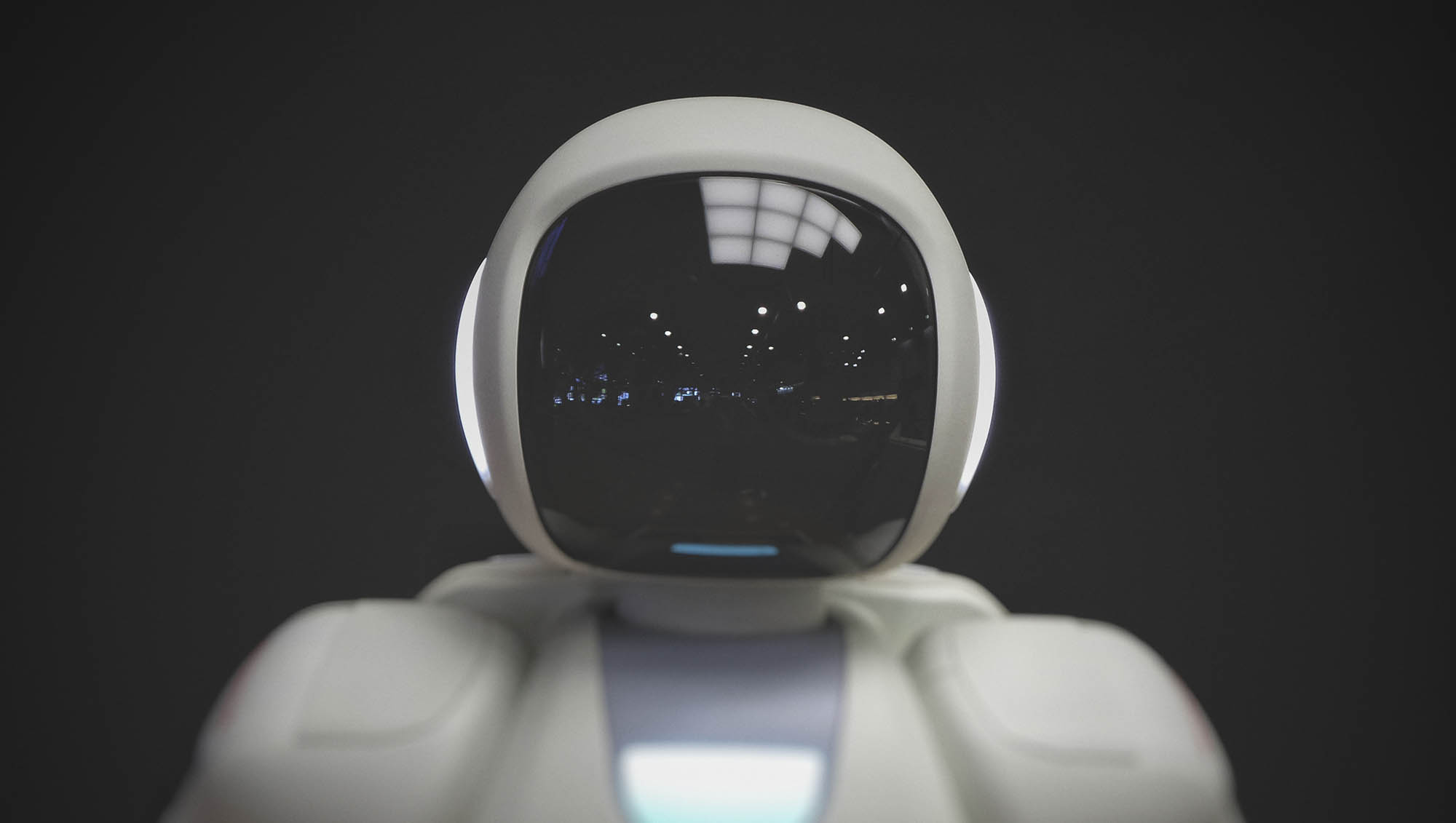Is artificial intelligence (AI) a friend or foe? Even today, this debate remains highly polarized among non-scientists. AI’s critics can be somewhat alarmist, while its advocates see enormous potential to achieve competitive advances that would otherwise be out of reach.
There are two main types of AI. The first is artificial general intelligence (AGI), also known as “strong” AI. This is the kind that conjures up negative connotations for some people: self-aware technology with a will of its own and priorities not dictated by humans. The second type is artificial narrow intelligence (ANI), or “weak” AI. Nowadays, all intelligent computational technologies designed for well-defined purposes use ANI.
Both types of AI entail risks derived from poor management on the part of humans. Nevertheless, AI has clear benefits: smart algorithms are capable of processing previously unimaginable quantities of data, and machine learning allows predictions that are far more accurate than those generated by traditional models.
Therefore, AI is anything but a threat. It is actually a competitive capacity based on algorithms—integrated mathematical models capable of providing specific answers while also learning from their interactions, thereby increasing the accuracy of their predictions.
Smart algorithms are capable of processing previously unimaginable quantities of data.
The next wave
AI development has come in multiple waves. The first wave was all about the Internet: providing customer service via the web and mobile devices, developing better interfaces, and gaining a better understanding of user preferences.
The second wave involved using AI to make better decisions, understand consumers, focus marketing actions, and reduce costs and workloads through smart automation.
The third wave brought capacities related to voice, image, and video recognition. These technologies made it possible to extract previously untapped information and convert it into useful data for the creation of new systems and applications.
The next wave—autonomous AI—will bring automated mobility capable of detecting and responding to the environment. Examples include self-driving vehicles, robotics, and production automation.
This smart technology poses a fundamental shift, since it changes how we create value.
The fourth industrial revolution
This smart technology is part of a great transformation that has been called the “fourth industrial revolution,” which differs from its predecessors in certain key ways. The first three industrial revolutions were characterized by a massive displacement of labor: many jobs disappeared, while new work capacities led to the creation of others. The introduction of automated teller machines (ATMs), for example, led to the automation of this function and the streamlining of related jobs. Nevertheless, the number of bank employees actually increased to cover new functions made feasible by this technological advance.
In the case of AI, the revolution is profoundly different. Jobs are no longer directly transformed; instead, new jobs have to be created. This is where it is essential to see an opportunity. As the World Economic Forum has acknowledged, the current revolution is affecting physical, digital, and biological systems in ways that previous revolutions did not.
In addition, this smart technology poses a fundamental shift, since it changes how we create value. Returning to the previous example, whereas ATMs automated processes but did not alter the basic nature of banking, today’s blockchain technology is clearly transforming how value is stored and deep learning is revolutionizing our ability to make predictions. These technologies are taking efficiency to a new level.
The great challenge is to democratize the development and application of this technology, which is currently concentrated in the hands of a privileged few.
Artificial intelligence in practice
From a social perspective, it is important to note that AI is applicable to a wide range of fields where people have problems in need of solutions.
From a business perspective, in order to get the most out of these smart technologies, organizations must consider various aspects in order to determine real needs. The first step is to clearly define an objective, rather than trying to tackle an excessively broad range of goals.
Second, weigh the risk: if you consider all the implications, you might find that process automation or digitalization is the most effective way to achieve the desired result.
Another key point has to do with data, the most important asset of the 21st century. It is preferable to focus on small quantities, since quality is more important than volume. Finally, any organization that wants to initiate this sort of process must analyze what it needs to do in order to transform internally.
The great challenge is to democratize the development and application of this technology, which is currently concentrated in the hands of a privileged few, while at the same time nurturing a new connection between people and AI. Can the next wave make this dream a reality?
© IE Insights.











